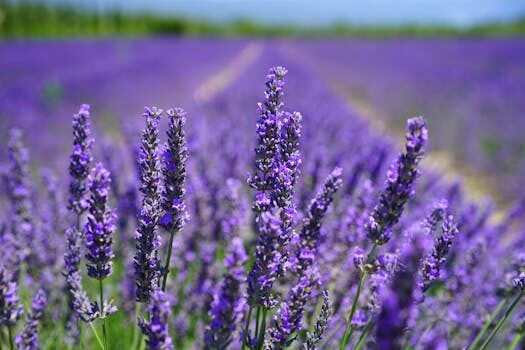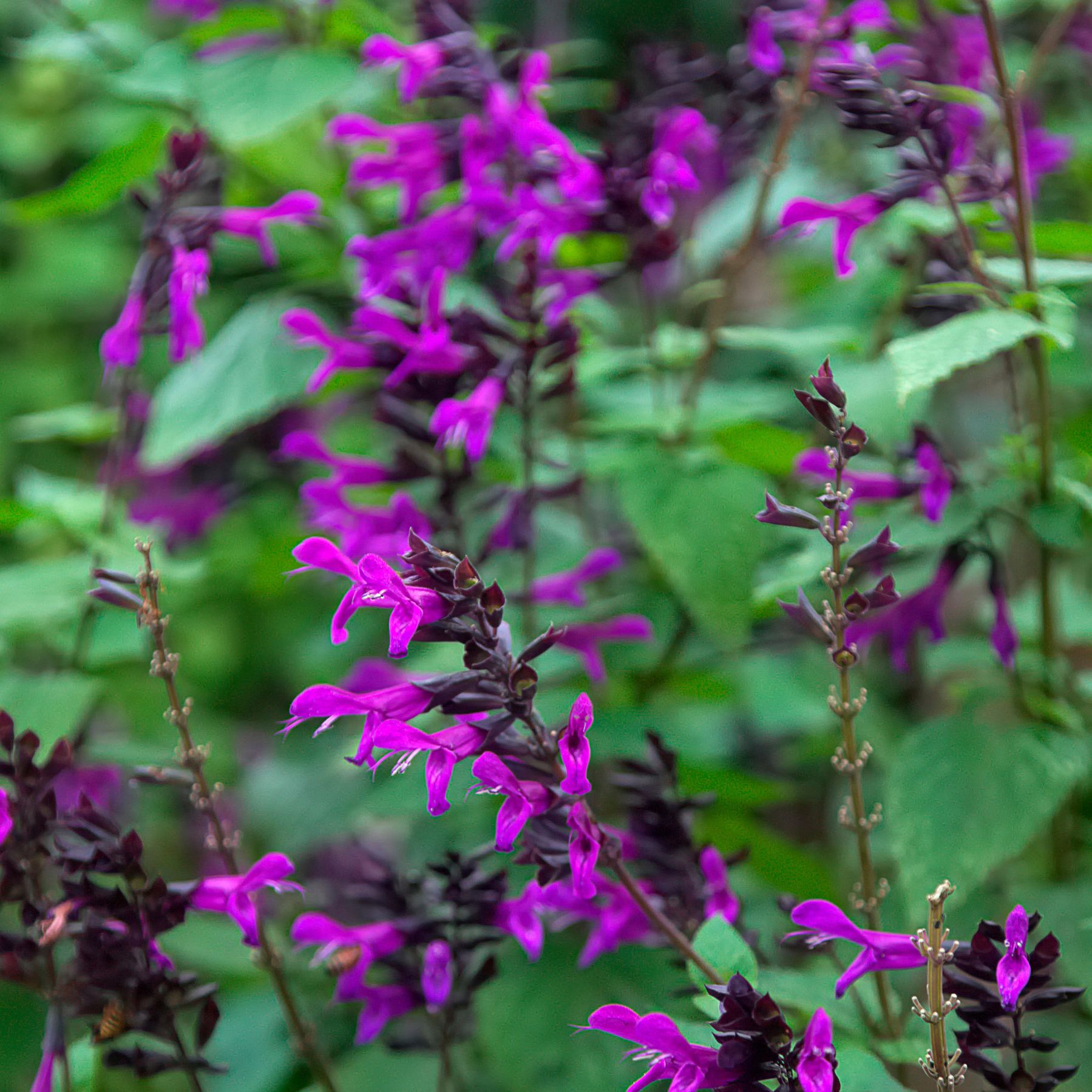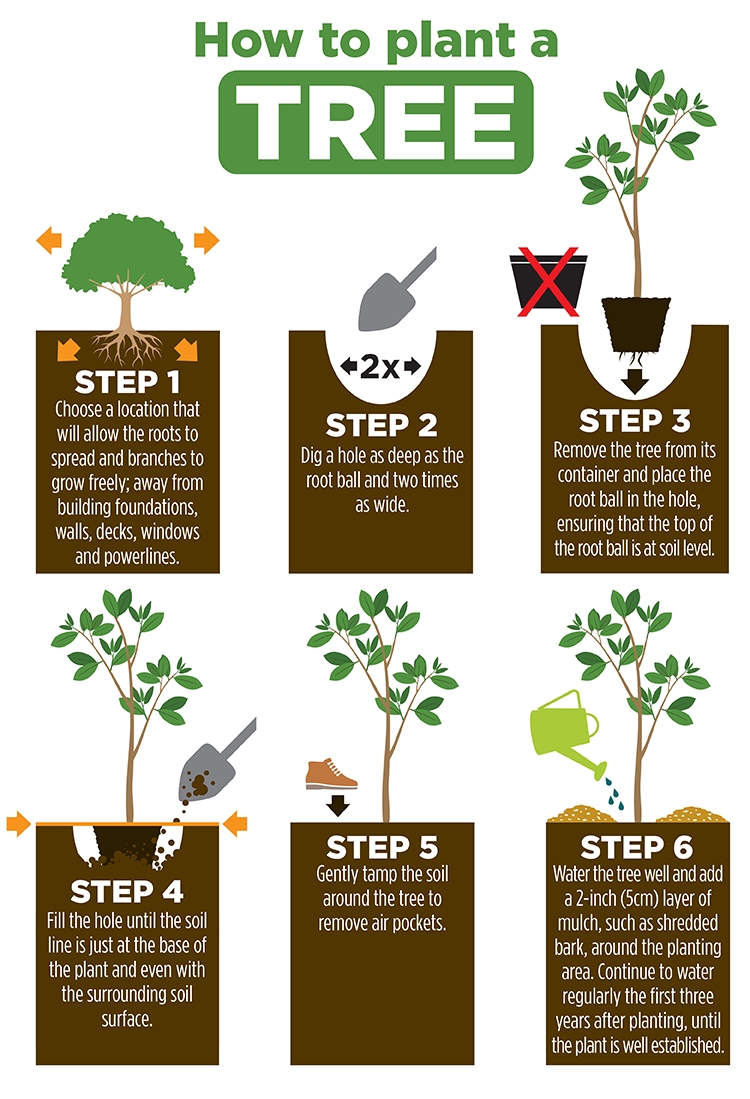Lavender is a timeless choice for gardeners looking to add both beauty and function to their landscapes. Known for its calming fragrance and vibrant color, lavender hedges serve as a stunning visual boundary that doubles as a haven for pollinators. If you’re considering planting a lavender hedge, this guide will lead you through the process.
Whether you aim to create a quaint cottage ambiance or a practical, drought-resistant border, learning how to plant a lavender hedge is a rewarding gardening project that promises years of enjoyment. Let’s dive into the details of cultivating your very own lavender hedge.
What Is a Lavender Hedge and Why Choose It?
A lavender hedge is more than just a line of shrubs; it is a living fence that offers privacy, wind protection, and an immersive sensory experience. Lavender, with its captivating aroma, is a favorite among gardeners for its resilience and versatility. Here’s why it’s an excellent choice:
- Lavender is drought-tolerant, reducing the need for frequent watering.
- It’s a natural repellent for pests, encouraging a healthier garden ecosystem.
- As an evergreen shrub, lavender provides year-round interest and structure in the garden.
Choosing a lavender hedge also supports local pollinators, creating a symbiotic relationship between your garden and the surrounding environment.
How to Grow Lavender Hedge in Winter?
While lavender thrives in warm, sunny conditions, winter preparation is crucial for hedge survival. To ensure your lavender hedge remains robust through the colder months, consider these tips:
Proper site selection is essential; choose a spot that receives ample sunlight and has well-draining soil. Mulch lightly with gravel to prevent root rot from excess moisture.
Pruning in late summer encourages the plant to harden off before frost arrives. However, avoid heavy winter pruning as it can lead to frost damage.

For colder climates, consider protective measures such as frost cloth or plant covers to shield your lavender from harsh conditions.
What Is the Ideal Height for a Lavender Hedge?
The perfect height for a lavender hedge largely depends on its purpose in your garden. A typical height is around 18 to 24 inches, which creates a dense visual barrier without overwhelming the space.
Regular pruning is vital to maintain your lavender’s structure, health, and to prevent woodiness at the base. Ideal pruning time is after the first bloom when the flowers start to fade.
Consider the mature size of your chosen variety, allowing it to reach its full potential without constant trimming.
 Best trees with berries: 10 trees to feed wildlife in your garden
Best trees with berries: 10 trees to feed wildlife in your gardenWhat Are Some Creative Lavender Hedge Ideas?
When planting a lavender hedge, creativity knows no bounds. Here are some ideas to inspire your gardening project:
- Edging: Line walkways or garden beds with lavender for a fragrant, colorful border.
- Mixed hedges: Intersperse lavender with other shrubs for textural contrast and year-round interest.
- Rustic charm: Blend lavender with wildflowers to create a relaxed, farmhouse-style garden.
With proper planning, your lavender hedge can become a centerpiece of your outdoor space, enhancing its aesthetic and ecological value.
Which Varieties Are Best for an English Lavender Hedge?
For a classic English lavender hedge, some varieties stand out for their robust fragrance and beautiful blooms.

Hidcote and Munstead are popular choices, known for their deep purple flowers and compact growth habit. These varieties are also hardy, making them a reliable choice for various climate zones.
Always opt for local, zone-appropriate plants to ensure the best growth potential for your hedge.
How Much Space Is Needed for Hidcote Lavender Hedge Planting?
Spacing is critical when planting a lavender hedge. For Hidcote lavender, a compact variety, spacing plants 12 to 18 inches apart encourages them to grow together and form a continuous hedge.
Allow enough room for the plants to reach their full size, which will reduce competition for resources and promote a healthier hedge.
Adequate spacing also improves air circulation, helping to prevent common ailments like fungal diseases.
How Far Apart Should You Plant Lavender for a Hedge?
The general rule of thumb is to space lavender plants 12 to 18 inches apart. However, larger varieties may require more room, up to 24 inches, to thrive without overcrowding.
For a denser hedge, the closer end of the spacing range will suffice, but if you prefer a looser, more informal look, opt for wider spacing.

 Types of salvias: 16 best varieties for beds, pots and borders
Types of salvias: 16 best varieties for beds, pots and bordersAlways consider the mature size of your chosen lavender variety and the desired thickness of your hedge when determining spacing.
Before moving on to the related questions, let’s take a moment to view a helpful video about planting lavender. This visual guide can provide further insight into the process and offer some additional tips for success.
Questions Related to Planting a Lavender Hedge
What Is the Best Month to Plant Lavender?
The ideal time to plant lavender is in the spring, after the threat of frost has passed. This gives the plants a full growing season to establish roots before winter.
In mild climates, autumn planting is also viable, allowing the lavender to settle in cooler temperatures and with typically more abundant rainfall.
Is Lavender Good for a Hedge?
Lavender is an excellent choice for a hedge due to its structural form, ease of maintenance, and multi-sensory appeal. It’s robust, long-lived, and offers year-round aesthetic value.
Moreover, lavender hedges serve as windbreaks and privacy screens while supporting the local ecosystem with their pollinator-friendly flowers.

What Should Not Be Planted Next to Lavender?
Avoid planting lavender near water-loving plants, as lavender prefers dry, well-draining conditions. Incompatibilities include ferns and hostas, which could encourage root rot in lavender.
Additionally, refrain from planting lavender near larger plants that may overshadow it and limit its sunlight exposure.
Can You Plant Lavender Straight into the Ground?
Lavender can be planted directly into the ground, provided the site has adequate sunlight and well-draining soil.
Amend heavy clay soils with sand or organic matter to improve drainage and avoid waterlogged roots, which can be detrimental to lavender’s health.
 How to prune rosemary and when to do it: simple tips for healthy herbs
How to prune rosemary and when to do it: simple tips for healthy herbsIncluding these insights into your gardening endeavors will ensure that your lavender hedge not only thrives but becomes a cherished feature of your landscape for years to come.

